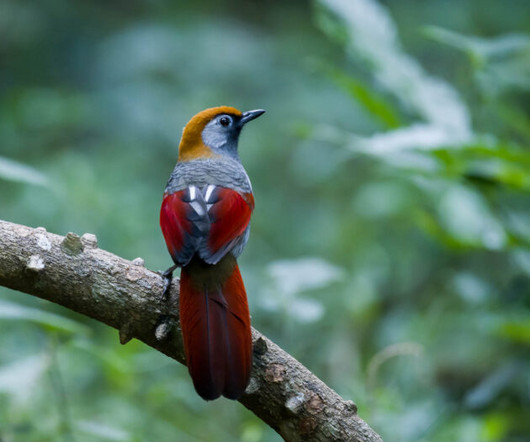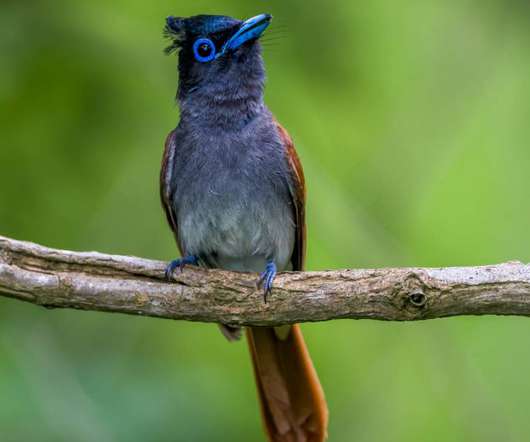Birding Hongbenghe, Yunnan (Part 1)
10,000 Birds
MARCH 11, 2024
This is the home of the Rusty-naped Pitta , admittedly one of the less glamorous of the family, particularly the subspecies found in Yunnan, but still a nice sight and still a pitta. The scientific species name of the Rusty-naped Pitta oatesi honors Eugene William Oates (1845-1911), an English civil servant in India and naturalist.











Let's personalize your content